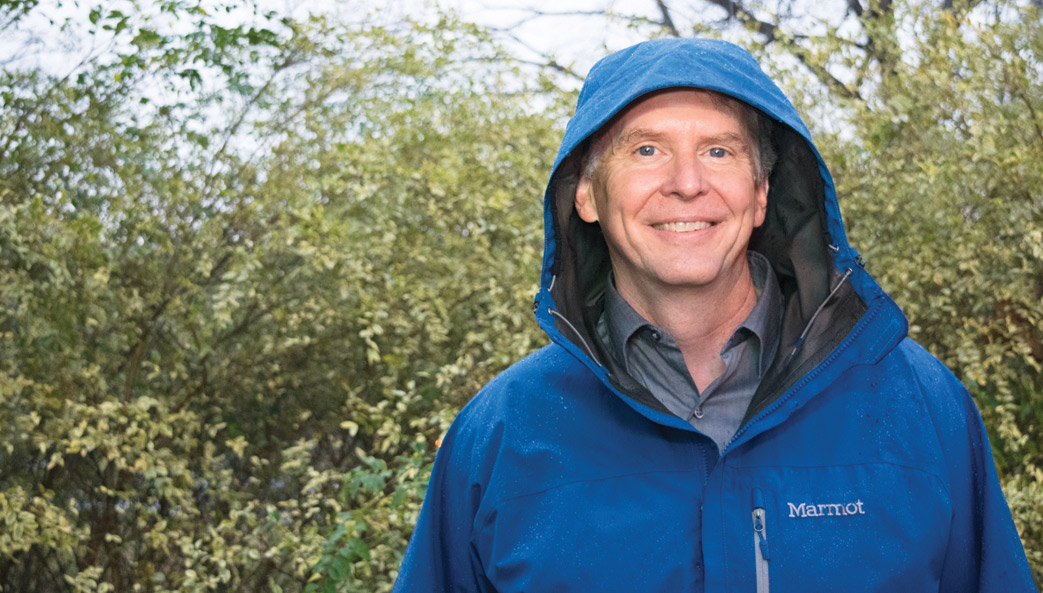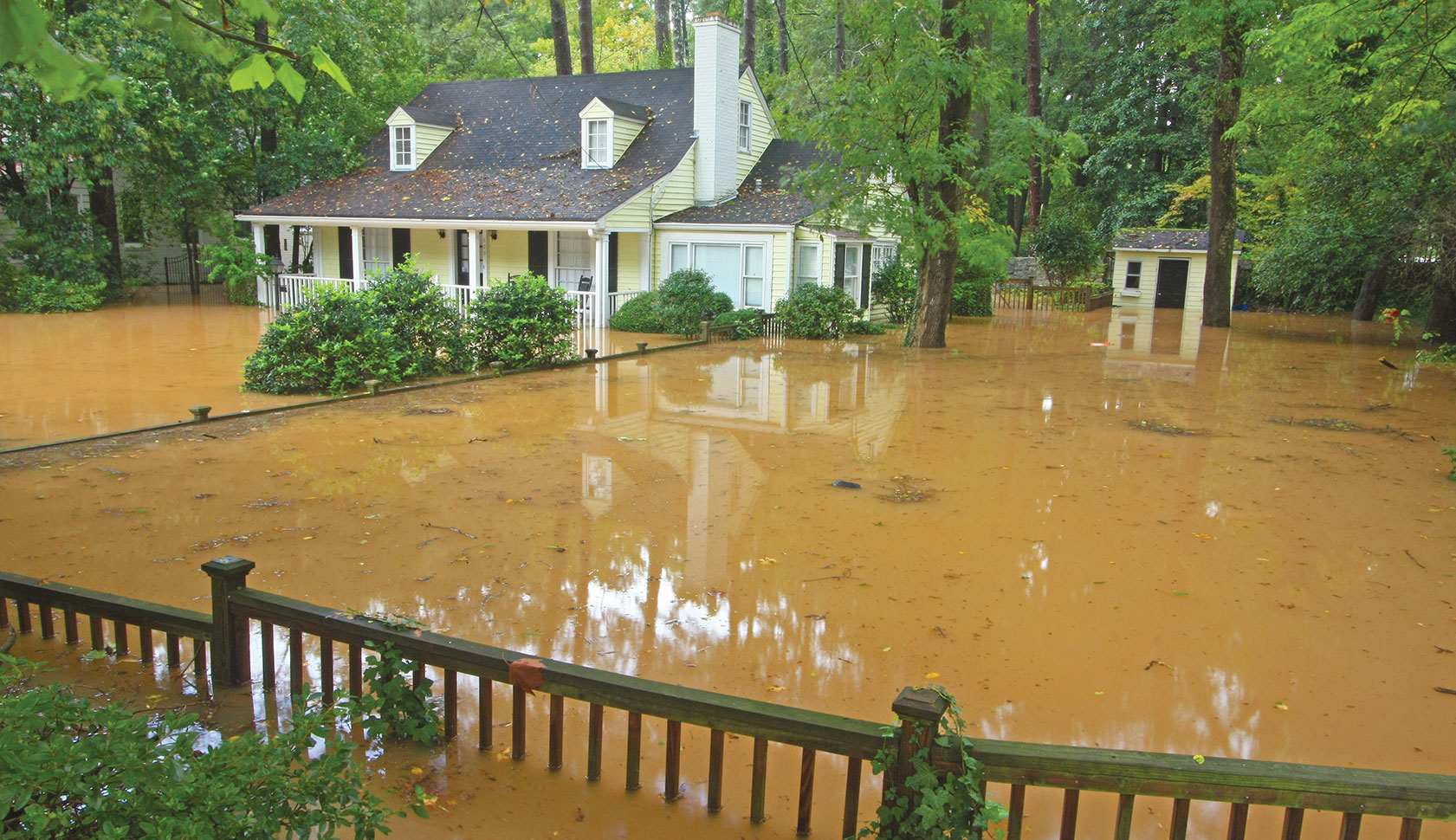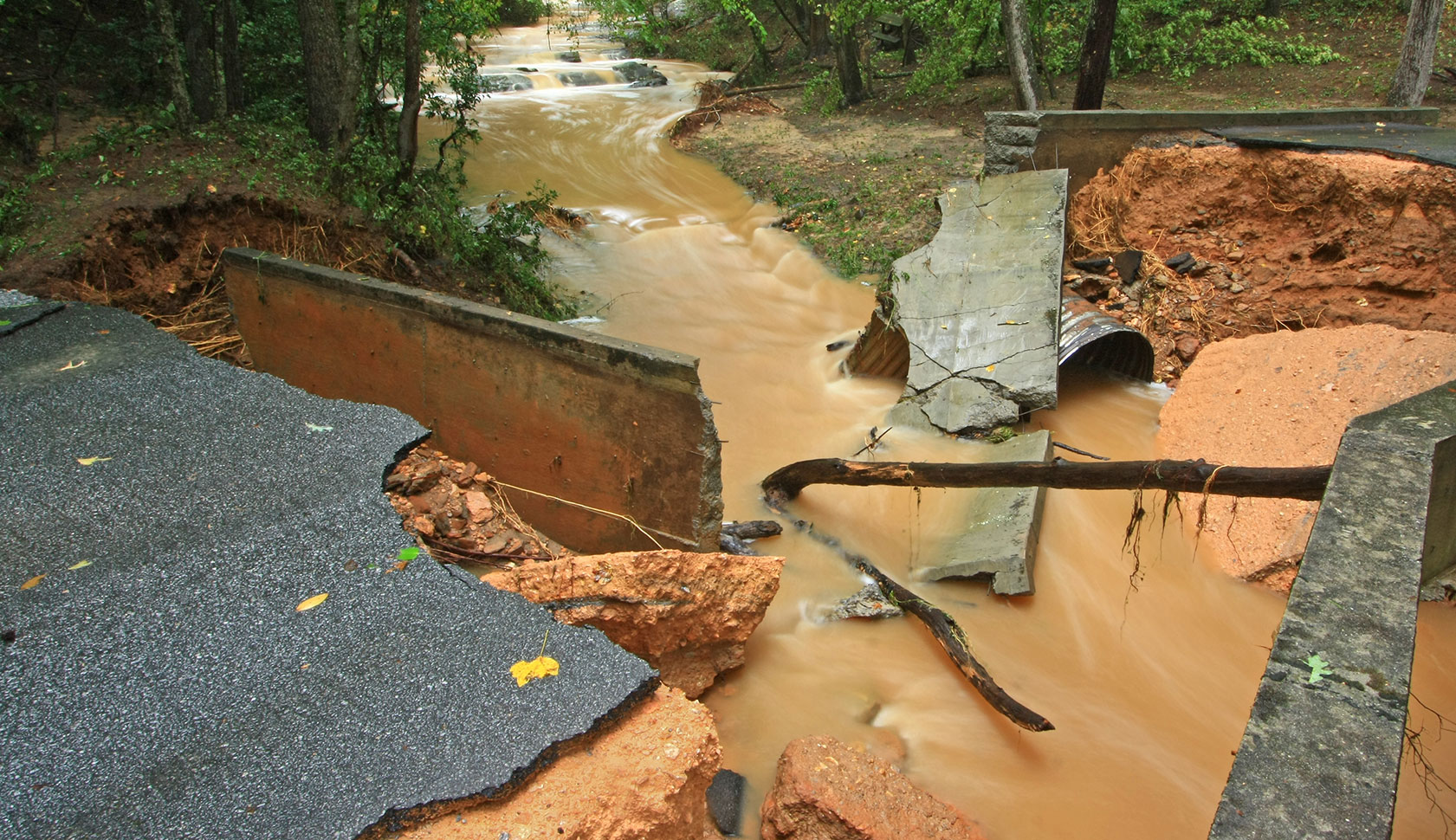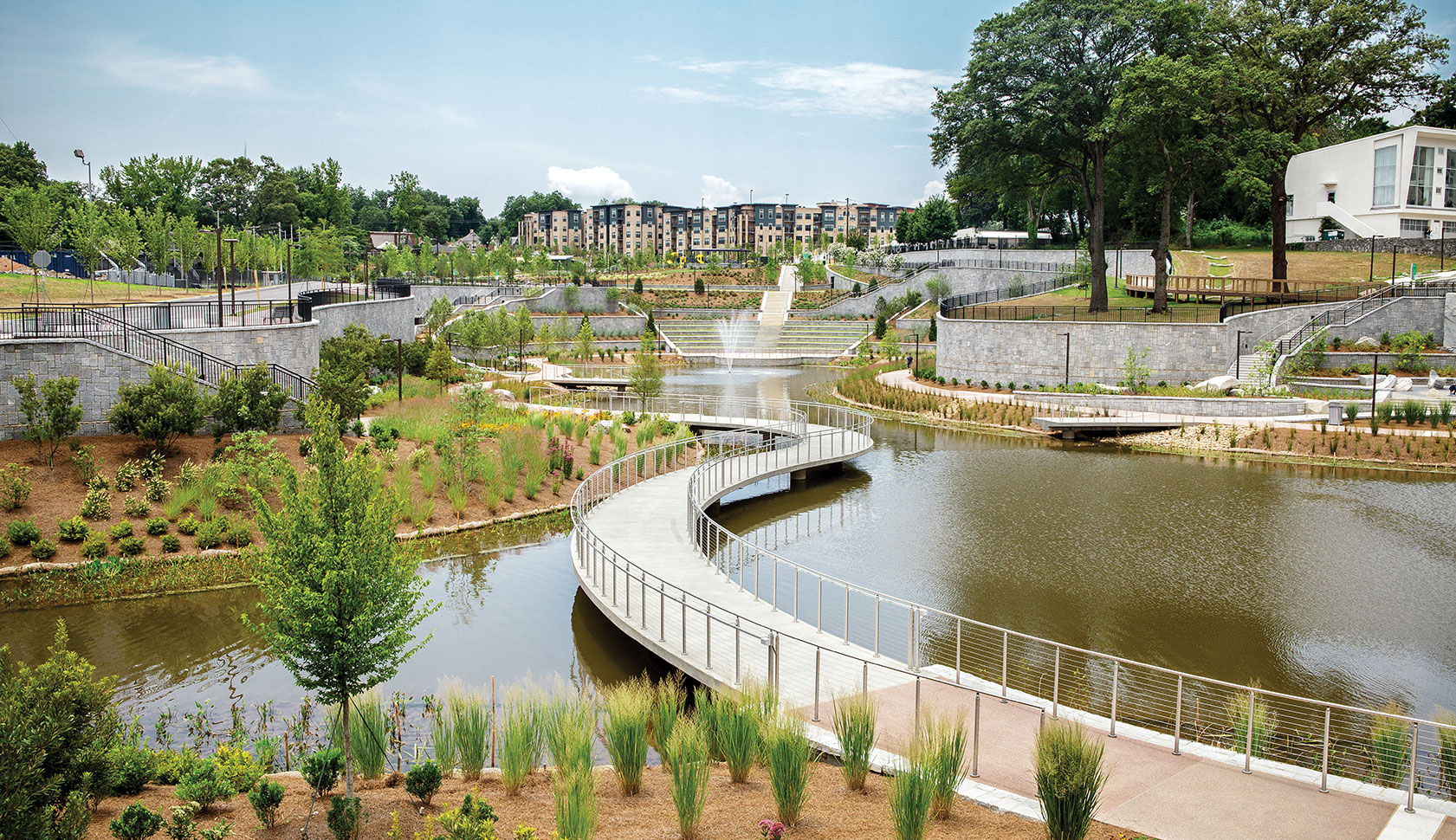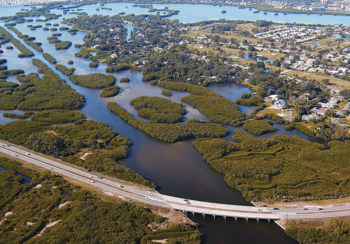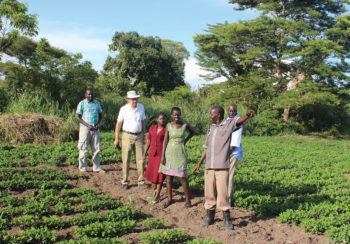As more Americans move to urban areas, forests and agricultural land are often converted to buildings, roads and parking lots. Such development often reduces the amount of rainwater that soaks into the ground and alters the paths it travels to streams and creeks. These changes can leave businesses and homes vulnerable to urban flooding when intense or prolonged rainfall overwhelms the capacity of stormwater systems and floodplains, as it did during Atlanta’s historic 2009 floods.
“Resilience isn’t just resistance to floods or sea level rise,” said Brian Bledsoe, the Georgia Athletic Association Distinguished Professor in Resilient Infrastructure in the College of Engineering.
“A bridge that doesn’t wash away in a flood is resistant, but that’s not all there is to resilience. Resilience is about preparing for and bouncing back from adverse events like floods and hurricanes so that you are less vulnerable and better able to adapt and thrive in the future.”
Urban floodplains, streams, forests and city parks are a few examples of green and blue infrastructure. Gray infrastructure—conventional concrete and piped drainage systems—is designed to quickly move urban stormwater into pipes and downstream. In contrast, green infrastructure like Atlanta’s Historic Fourth Ward Park acts as a sponge or storage area to reduce and treat stormwater at its source while providing recreational, aesthetic, health and other benefits.
“By working at the intersection of designed natural systems and the built environment, we can make our infrastructure more resilient while generating numerous environmental, social and economic benefits,” said Bledsoe.

Infrastructure that works with nature
To help communities adapt their infrastructure in a time of rapid environmental and social change, Bledsoe is leading a new cross-disciplinary research initiative at UGA. The Institute for Resilient Infrastructure Systems (IRIS) will explore ways to integrate green and blue infrastructure with traditional gray infrastructure systems. In addition to the College of Engineering, IRIS includes nearly 30 faculty members from eight other academic units across the UGA campus.
“IRIS is unique in that it unites engineering with ecology, environmental design and planning, atmospheric science, law and policy, public health, economics and other disciplines to effectively integrate green and gray infrastructure solutions for resilience to weather and climate-related extremes,” said Bledsoe.
In addition to working with cities on problems related to their aging infrastructure, IRIS will look to help communities along the coast as they grapple with sea level rise, and rural areas as they face water scarcity and other challenges.
“The challenges facing the nation’s infrastructure go well beyond potholes, broken pipes and traffic jams,” said Bledsoe. “We need to make significant investments in infrastructure, but we need to integrate the gray with the green and blue in a way that enhances our well-being and builds healthier communities.”
